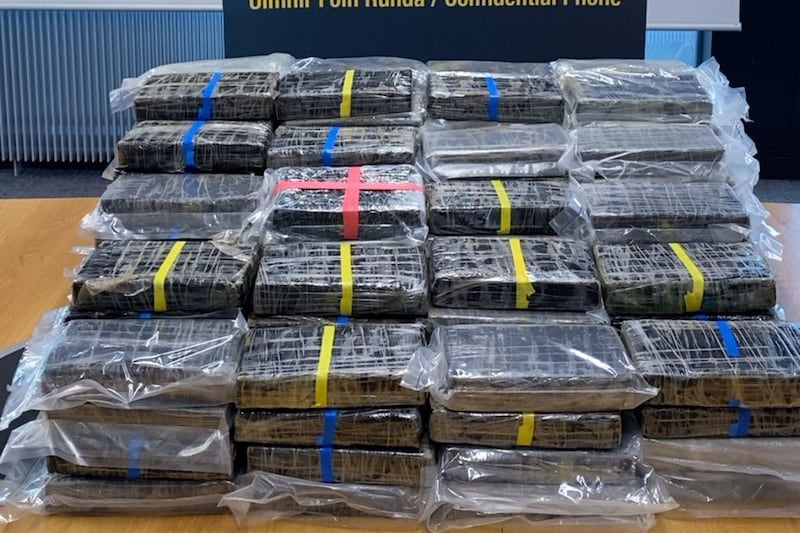Susanna Hoffs, singer, guitarist, co-writer
In 1988, it felt like the Bangles had been touring endlessly. Our second album, Different Light, with the singles Manic Monday and Walk Like an Egyptian, had been released two years earlier. Now, finally, we could take a break from living on buses together.
I began collaborating with the songwriting team Billy Steinberg and Tom Kelly, who wrote Like a Virgin and True Colors. Writing, for me, had always meant picking up a guitar and crafting a melody; the lyrics would emerge after I felt the emotion of the song. But Billy and Tom would always start with a lyric.
My enthusiasm and excitement about the song were so great that I carried the demo cassette around in my bag and would play it for anyone willing to listen
I went over to Billy's house and was telling him about a Bangles trip to Graceland, in Memphis. When we got to Elvis's grave, we started recreating Spinal Tap singing Heartbreak Hotel there when we noticed that the eternal flame by the grave was out because it was raining. Billy said: "Wait, eternal flame? That is a great name for a song." Within about an hour we had the lyrics.
The song is about connection, hope and what we hold most dear. There’s a yearning in it, from the awareness that not everything is eternal, but we don’t want love to seem fragile; we want to depend on it.
When we made the demo at Tom's studio, we recorded what we instinctively felt should have been a keyboard part, the little tick tock running through the song, on guitar. This was because the Bangles didn't have a keyboard player. It was Vicki Peterson and me on guitar, Michael Steele on bass and Debbi Peterson on drums. Nevertheless, my enthusiasm and excitement about the song were so great that I carried the demo cassette around in my bag and would play it for anyone willing to listen.
Cut to the tense moment the band sat down with our producer, Davitt Sigerson, to vote which songs would be on the next album, Everything. Eternal Flame was rejected and I was heartbroken, but in the Bangles everybody played and sang and was represented creatively.
Once recording the album was under way, Davitt said: “I keep thinking about Eternal Flame and I know this wonderful keyboard arranger. Let’s go over to his studio and mess around.” When the band heard the result, they decided to go along for the journey.
Davitt had recently produced Olivia Newton-John and pranked me by telling me she did her best vocals in the nude. I imagined it would feel like skinny-dipping – vulnerable yet freeing – and I decided to try it. Nobody could see me; there was a baffle in front of me and it was dark. After the first song went so well, I became superstitious about it, like in sports where you have to have your rabbit’s foot, and ended up compelled to skinny-dip my way through most of the album, including Eternal Flame.
In 1988, it was the beginning of the end for the Bangles. We’d spent our 20s together, starting as a powerpop, garage-rock, local club band and eventually releasing three albums with Columbia records. After Everything was released, we went off to create our own music in different ways. But we have come back together to tour since, and that same bond is still there between us. It’s an eternal flame!
Billy Steinberg, songwriter
When Susanna told me about the eternal flame for Elvis at Graceland, it made me recall a childhood memory. My family was not very religious but my parents did send me to Sunday school. It was quiet and dark in the synagogue and there was a little red bulb they used to call the eternal flame. I immediately took out a notebook and free associated to the title.
When Tom and I wrote the songs True Colors, Like a Virgin and Alone, we had to make demos and then try to find a record company executive who thought they would be good for one of their artists. We were really lucky because Cyndi Lauper, Madonna and Heart sang the songs beautifully. But it was nothing like when you're in a room with Chrissie Hynde or Susanna Hoffs, hearing one of those great pop singers sing the song as you create it. It's so much less arduous and a great inspiration.

Eternal Flame was retro in that it has no chorus. It is structured like an old Beatles song, with the title tagged on to the end of the verse: “Am I only dreaming / Or is this burning an eternal flame?” The Beatles do a similar kind of thing on We Can Work It Out. Instead of choruses, both songs have two bridges (or middle eights). In We Can Work It Out, the bridge is the part that starts, “Life is very short / And there’s no time…” And in Eternal Flame it begins, “Say my name / Sun shines through the rain…” In the 60s, it wasn’t that unusual to have songs structured in that way, but, by the 80s, choruses were much more developed and middle eights had started to disappear.
The enduring popularity of the song is very gratifying. Some songs are hits and then they vanish, and some songs remain evergreen. I think Eternal Flame has that status. – Guardian






















